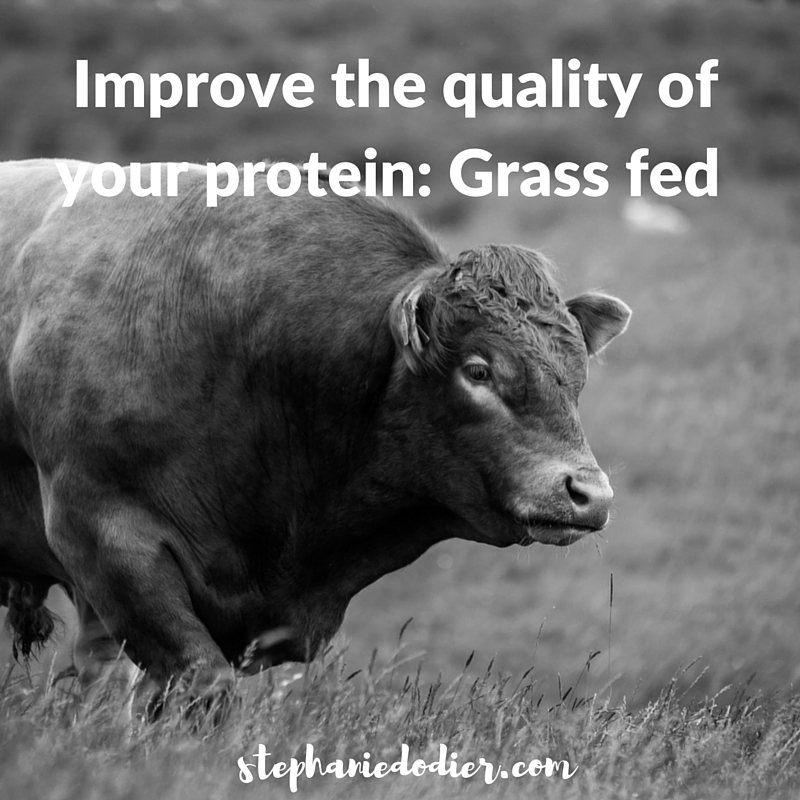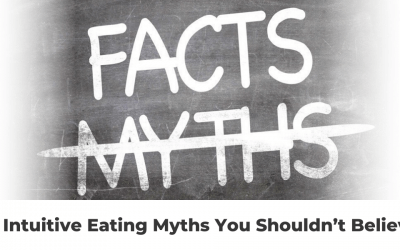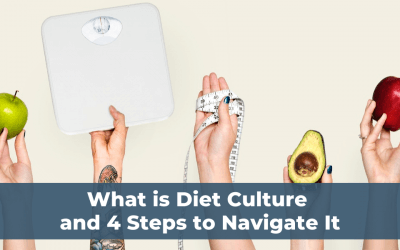
When the women’s in my community start their health journey the first step is always about changing their food choices such as increase healthy fats and decreasing processed food. Quality and nutrient density is the next step their health journey and this is when we discover grass-fed meat and pastured raised meat along with organic produce.
The old saying of “you are what you eat”(or “ate”), is more true than most people realize. What a person puts into their body is going to show from the inside-out. This is why many people go to great lengths to find foods that are all natural, so they can reap the most benefits from their diet.
When it comes to the beef or pork that you eat, there are numerous issues at hand which is causing people to opt for grass-fed meat. Many animals bred for the purpose of supplying meat, are fed a grain-based diet while given tons of antibiotics, hormones, and other injections in order to increase profitability. Unfortunately, these measures have negative side effects for the cows and pork, and the humans that consume their meat.
Problems with grain fed cow
Grain fed cows have a very different life than those cattle that are grass fed. While steers used to be slaughtered after age 4 or 5, grain fed cattle grow faster and are butchered at 14 to 16 months. They are contained in a lot where they are fed and seldom leave the said lot.
In addition, these cows are fed grain along with whatever else the farmer can utilize in order to fatten the cow up for a higher price at selling time. With many cows in a small area, and with the highly acidic environment a grain diet creates, bacterial infections spread. Hence the use of antibiotics.
For many people, the living conditions of the grain fed cattle are the main reason why they have issues eating beef or other animal product altogether. However, the quality of the product declines as well. Besides the fact that there are antibiotics and hormones in the meat, grain fed beef does not have the same nutritional value as beef that is grass fed. Grass-fed beef is higher in vitamin B, beta-carotene, minerals, and vitamin K. In addition, it often has less healthy fats and higher cholesterol, which can cause severe health issues.
As humans are what we eat, the same applies to cattle.
Why Grass Fed Beef
Here is a closer look at why the nutritional makeup of grass-fed beef is better.
In recent research, it has been shown that grass-fed beef has about double the concentration of Omega 3 fatty acids than grain fed beef. This creates a healthier ratio of Omega 6: to Omega 3 fatty acids which many people struggle to keep balanced in modern-day diets.
When it comes to saturated fats: Red meat has three types of saturated fat. In grass-fed beef, there is a high amount of stearic acid, and lower amounts of palmitic and myristic acid, the two that are known for raising cholesterol.
Grass-fed beef contains more nutrients than the alternative. For example, zinc, iron, sodium, potassium, and phosphorus are found in much higher amounts than in grain fed beef. Grass-fed beef is much more nutrient dense the feedlot cattle.
Pastured raised pork
It’s not just the cows, though. Very similar benefits apply to eating any animal that was raised in its natural habitat. With pigs and chickens, though, it’s a little more complicated than “grass-fed” because these animals don’t just eat grass. Instead, they’re natural omnivores, designed to eat a little bit of everything. That’s why we usually refer to “pastured” or “free-range” pork and chicken instead of “grass-fed.” It’s just a different name for the same principle of raising animals in an ethical, compassionate way.
Pigs raised on pasture have 300 percent more vitamin E and more selenium (a vital antioxidant) in their milk than pigs raised in confinement. This bounty of nutrients promotes healthier litters, shorter farrowing times, and good milk let down. Pastured pigs raised outdoors can also have more Vitamin D in the lard. Pastured raised pork have higher concentrations of EPA and DHA fatty acids than are found in their feedlot produced counterparts.
Pastured raised chicken
Pastured raised chicken are different than organic chicken. Pastured raised chicken are allowed to roam freely while eating what they can find such grass, leaves, seeds and yes rocks. The organic chicken even free range is fed grains although organic grains it is not the natural diet of a chicken.
Like pigs, chickens will have a better or worse fat quality depending on what they eat. The biggest sources of Omega-3 fats in a chicken’s diet are green plants (grass and leaves) and the bugs that eat them.
Then there are the eggs too… the nutrient density of the eggs will vary greatly based on what the chick was fed. The pastured eggs have more Vitamin A and E, more Omega-3s, and more beta-carotene, accounting for the rich orange color of their yolks
Where to Find It
It is not as hard to find grass-fed beef, pasture raised pork and pastured chicken now as it was a few years ago. More people are becoming more aware of the benefits of this type of animal.
When you decide to make the plunge and consume grass-fed or pasture-raised meat, it maybe necessary for you to source meat directly from the farmer as the price of grass-fed / pasture raised meat can be very steep in grocery stores. I would recommend that you begin your search by using this website Eat Wild Canada & Eat Wild USA where you will be able to connect with farms/ farmers that have raised their animals following the grass-fed/ pasture raised standards.
Preparations
The flavor profile of grass-fed is a bit different as the meat comes from healthier cows which have had more exercise. Grass-fed meat is less fatty therefore will require more moisture when cooked.
Experienced cooks recommend a moist cooking method. Slow cooking is one of them where the meat is braised, stewed or simmered. There are tons of recipes online such this Balsamic braised ribs that are meant to highlight the taste of grass-fed beef, while also ensuring that this is a delicious meal for you and your family.
In conclusion, grass-fed beef, pastured raised pork and pastured chicken are more nutrient dense. This alone is a good reason for moving to a more natural raised animal meat. Nutrient density is after all that we must be seeking when adoption a Real Food diet.
Share your thoughts: Have you experience grass fed or pastured raised meat? How did it taste? Do you consider changing your habits?





































